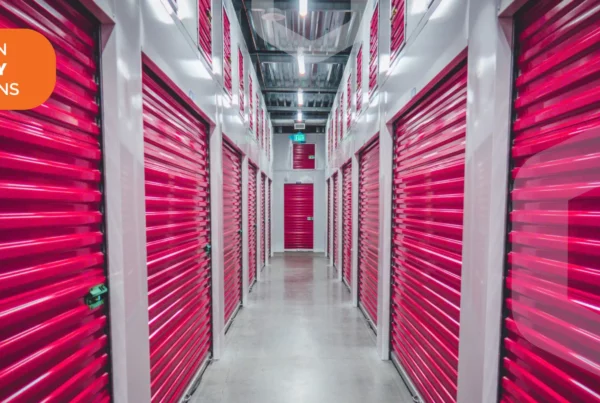Small Office Security System characteristics that make or break them
Office security is one of the most important concerns for organizations of all sizes and industries. Any threat to office assets or personnel leads in significant losses for the company, which often take the form of capital expenditure, healthcare, and social security. Even though small office security may appear easy, it needs extensive preparation.
While bigger offices may afford more expensive, complex, and integrated security systems, small office security solutions should be durable and inexpensive, while also allowing your company to interface with the software it already employs (like Asana, Google Directory, SSO, etc.).
Small businesses are frequently more appealing to thieves and robbers because culprits typically expect sophisticated monitoring and access control systems at bigger sites.
Small and medium-sized companies (SMBs) normally employ between 1 and 50 people at any given time, although only a tiny percentage of those employed are full-time, with an average of approximately 12. For owners, an SMB is generally a life-long family investment, and access control infractions might jeopardize not only their small office security but can cause larger property damage.
A small office security system should be built to safeguard office assets from both outsiders and workers. Another aspect of the small office security system should be the proper protection of office staff and digital data.
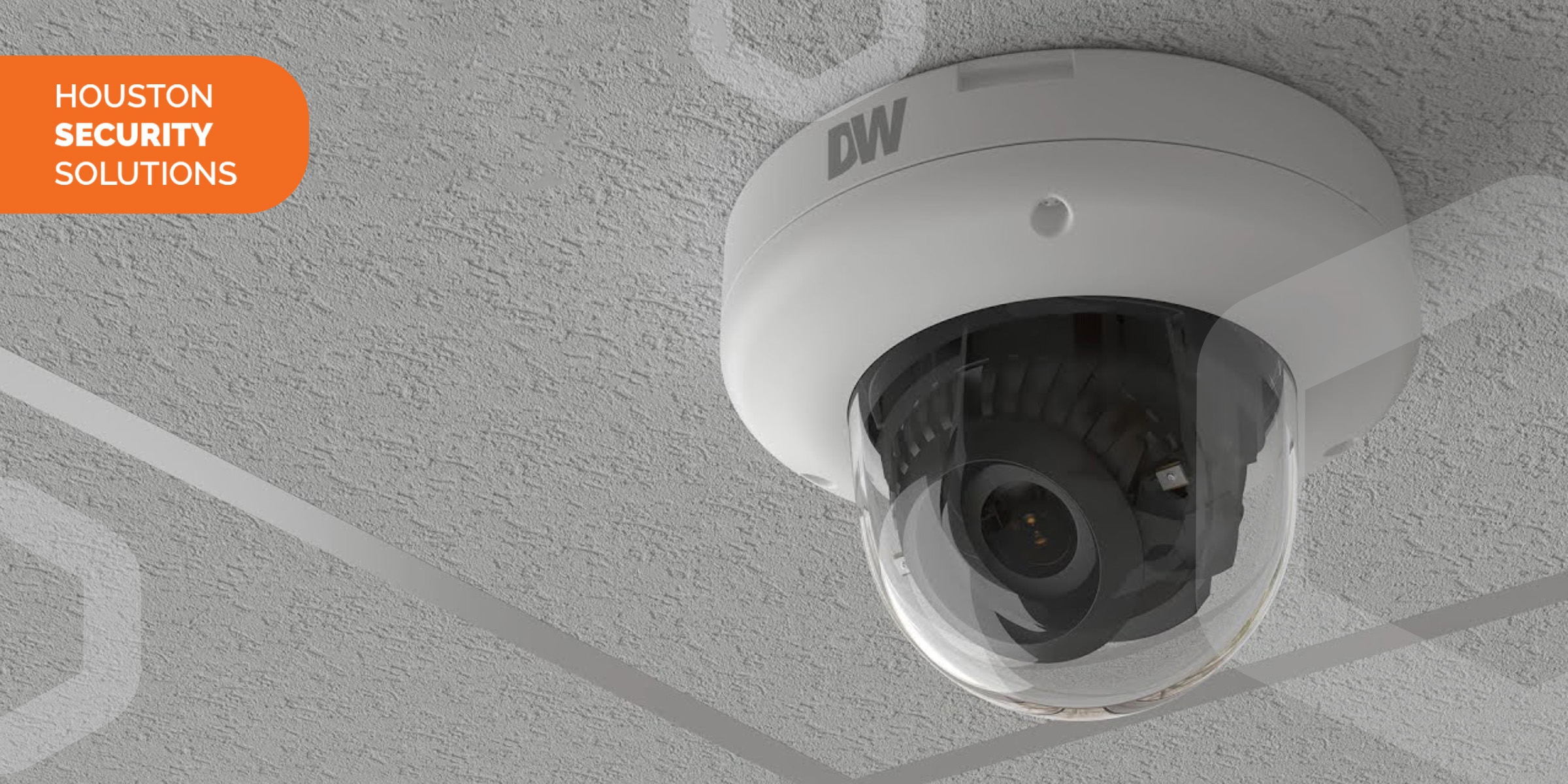
Depending on the cost and level of the office assets, there are several forms of office security systems, such as third-party security contractors, an office staff collaboration system, or a dedicated security team at the entrance.
If you decide to run your business from home, you must consider how you will manage the many factors of security, convenience, and cost. There is an even narrower line to walk when selecting a home office security system than there is when selecting one for a business location.
After all, you don’t want your small firm to become a digital fortress, making employers and visitors uneasy. Fortunately, there are several methods for maximizing privacy and maintaining a personal touch for your business without risking the security of your small business.
While it is true that outside intruders offer the greatest threat to your small office security, you must also consider your workers or persons who require occasional authorization. Neglecting the internal access control system is not recommended even for small workplaces, especially if you own high-maintenance equipment or confidential papers, or simply need to fulfill specific security requirements due to the nature of your business.
Access Your Office with Smartphone
Discover why thousands of companies have Access Control System
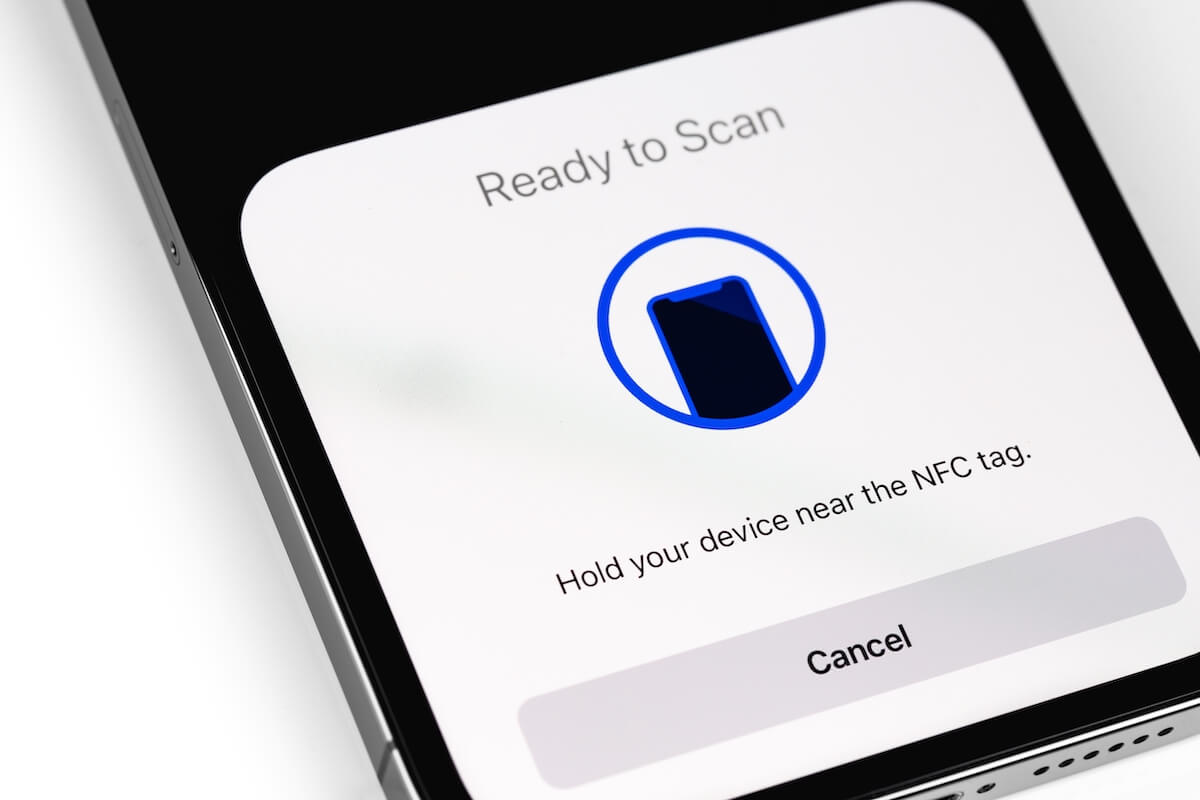
Scalable Access Control Systems for Small Company Security
You don’t need massive networked systems for several buildings to allow access to authorized persons while keeping anyone unauthorized out of a tiny workplace. You don’t even need to provide a card pass or a key fob to random visitors. Locking and unlocking the doors may be accomplished remotely using a single software point of control managed by a single person.
This saves a lot of time. Instead of having your colleague go up and down the building unlocking doors for everyone, you can use those hours more productively, and cloud-based access control solutions can link the program with your existing visitor management software.
Apart from the usual advantages of electronic access control systems, you also get a low-cost workplace security solution that works on just one door and can be scaled up indefinitely.
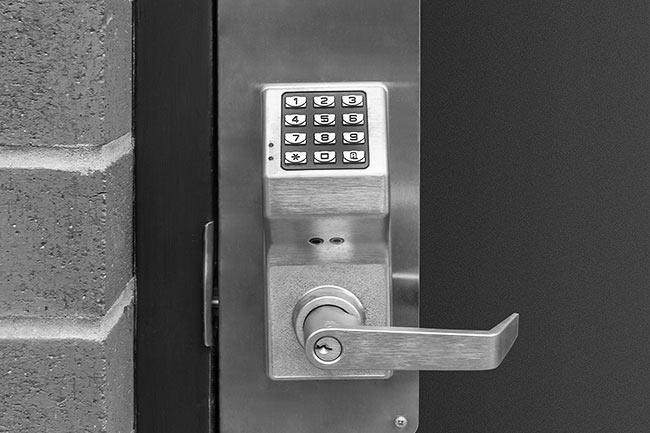
Office security for small businesses may be quickly setup and implemented. Instead of worrying about changing hardware, you may select the appropriate number of door readers for your present needs and not have to think about growth until the time comes. For example, you may link alarm systems and door bells with cloud-based access control by adding a video camera that delivers rapid notifications when a person unlocks the door.
The best part about video access control for small office security is that you don’t need to worry about large amounts of storage because the camera only operates when genuine unlock events occur.
Despite the scalability, you should prepare ahead of time, especially if you anticipate that your firm will expand.
Cloud Based Access Control
Learn about cloud based access control system and its futures.
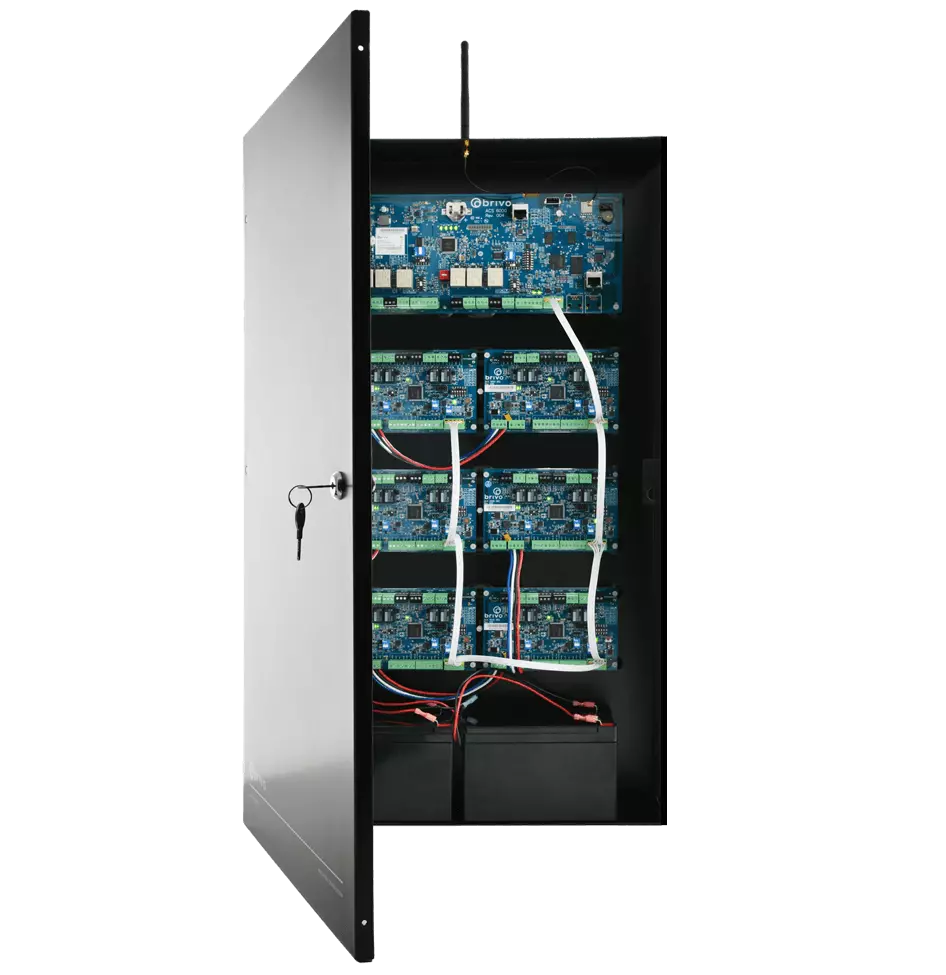
Small Office Security System Components
The following access control system components should be included in the major components of the finest small office security system.
- A great small office security system has four essential components: surveillance, access control, security lighting, and manual access interruptions.
- Intelligent locks, controllers, keypads, and other physical access devices of the highest quality.
- All key entry points should be covered by the best small office security camera system.
- For sensitive assets such as servers and other essential equipment, an additional layer of an independent locking system is desirable.
- Paper files should be kept in secured cabinets.
- The mobility of staff and visitors should be closely monitored.
- A journal of visitors’ and staff’ time should be kept.
- Should be enabled by cutting-edge technology such as remote access through cloud and mobile devices.
Join UPS Stores Using Access Control
With Cloud Based Access Control, UPS Stores can regulate and track who enters its facility for PO Boxes.
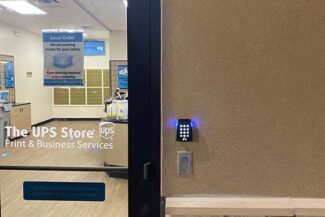
Important Questions You Need to Ask for Small Office Security Infrastructure
Consider the purpose and scale of your company. Would you simply allow staff access or will you allow certain customers access as well? Begin with the actual components in use at your small business – a wooden or glass door will necessitate different infrastructure than a steel door. Is there anybody else involved in your small business’s security, such as a fire inspection? Do you do periodic security checks on an independent contractor?
When you’ve considered the fundamentals, be sure to delve into greater detail about:
1. How will you get in and out?
A standalone lock powered by internal changeable batteries, for example, may be ideal for a single door. You’ll have a ready-made office security system in minutes. But, the rapid installation has certain drawbacks. Stand-alone locks are difficult to integrate into a big access control network. Keypads are another low-cost option, but they represent a higher danger due to workers’ proclivity for code sharing.
2. How will you secure the door?
A complicated door-securing device, such as a push-button or push-bar exit, or a motion or time actuated escape, is unlikely to be required for your tiny office. An electric deadbolt is a practical door lock for interiors where an electromagnetic mechanism is not required. They also work for cabinets, which is useful for holding safe paperwork.
3. How will you monitor the system?
Checking the compatibility of the operating system is an important point to consider before deciding on the access control system to use for your small business security. Even if you don’t opt for full-fledged software control right once, you should plan for future modifications and updates. As your company’s demands change, so will your workplace security. Don’t forget to consider how the chosen solution will be powered and how it will fit into the general layout of your business premises.
It is obvious that security for small businesses does not necessarily imply simplicity. Extra caution is required when deciding on options for audit trail monitoring, time-based management, and power supply work within a small-company budget. Yet, resolving the above questions will alleviate the majority of greater issues.
Commercial security cameras for business
- Business security cameras with enhanced coverage and IR that improve situational awareness
- Video analytics with AI to find incidents
- Hours of video are easily sorted through by Video Search to locate a suspicious person or vehicle.
- Integrates with third-party ONVIF® compliant platforms
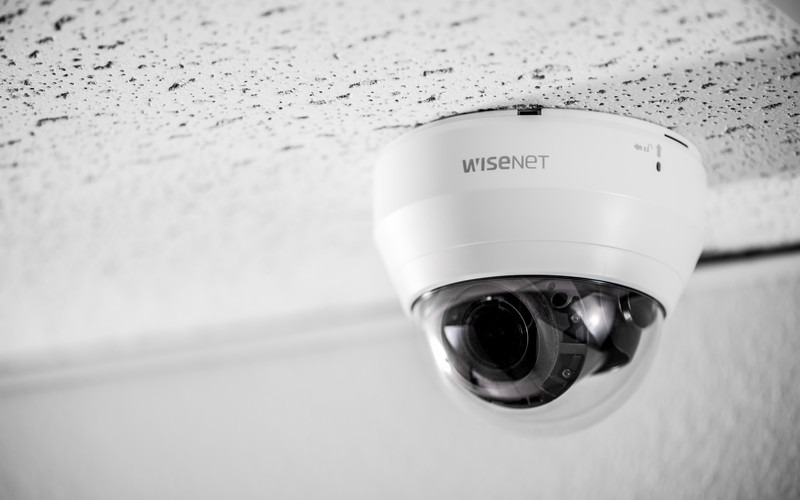
Other Considerations for the Best Small Office Security System
In addition to the questions listed above, you should additionally consider the following:
- To integrate all components such as door security, camera surveillance, alarm systems, and elevators, the access system should be system integration compatible.
- It should have the ability to quickly expand in the future.
- The system should be in accordance with local construction and safety requirements.
- The system’s capacity should be sufficient to keep transaction data for at least 90 days.
- The total cost of the system at the outset
- Cost of system maintenance and customer support
Don’t risk legal
responsibilities.
Contact us right now to set up a consultation with one of our qualified security consultants. We will assist you in seamlessly navigating the complicated terrain of video surveillance laws. Your company deserves the greatest protection possible!
Have questions? We can help
Our security experts can help you implement the right security system for your business.






